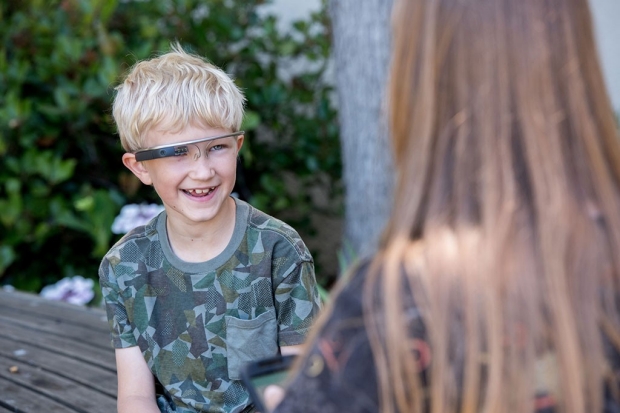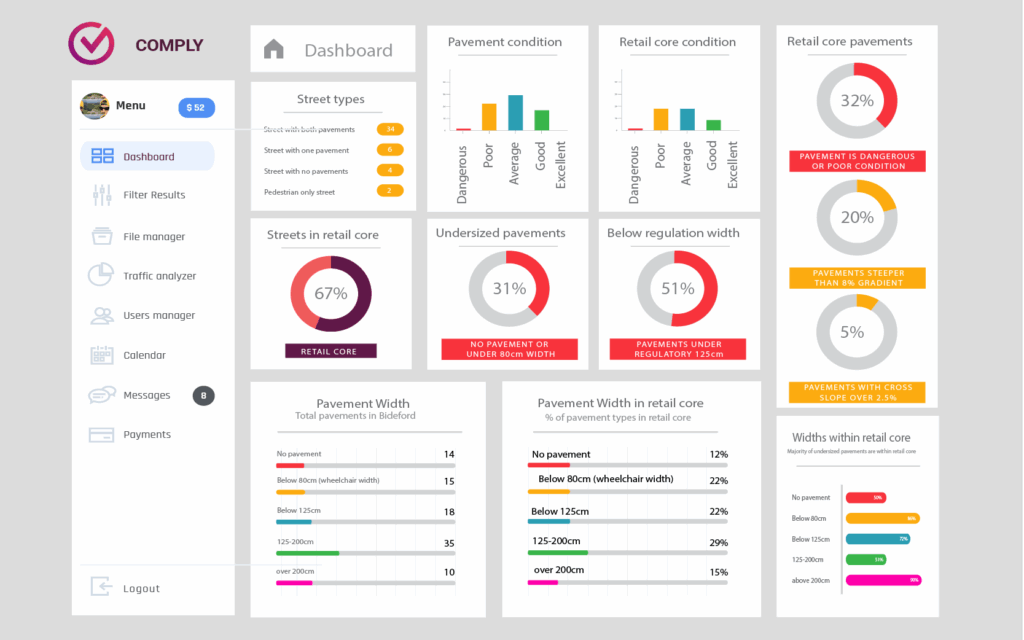How Digital Tools Are Redesigning Mobility in Cities
Urban mobility is at a crossroads. For too long, our cities have been built around private vehicles—resulting in congested roads, poor air quality, fragmented communities, and limited access to opportunity. But a new era is emerging—one centered on people, not cars.
From walking and cycling to e-scooters and accessible public transport, cities are embracing diverse modes of personal mobility. And at the heart of this transformation is a wave of digital solutions that are helping planners, designers, and citizens reshape how streets work—for everyone.
Here’s how digital tools are enabling better access, equity, and sustainability in urban mobility:
Before cities can improve walking or cycling, they need to understand where the barriers are. Digital audit tools are making this process faster and more precise:
These tools empower cities to take a data-informed approach to street equity, especially for people with disabilities, the elderly, and families with children.
Smartphones can serve as effective tools for auditing streets and identifying accessibility issues. By using their cameras, GPS, and various apps, users can document problems like uneven sidewalks and blocked wheelchair ramps. This data can be shared with local authorities to promote improvements and ensure compliance with accessibility standards.
Digital platforms are making it easier for cities to rethink their streets—literally.
By combining data and visualization, these tools foster better design decisions and stronger public support.

AI glasses, like Google Glass, are wearable devices that integrate augmented reality and artificial intelligence to enhance the user’s everyday experiences. These glasses feature a small display that overlays digital information onto the real world, allowing users to access information, receive notifications, and interact with various applications hands-free.
Walking is the foundation of every city trip, even those involving buses or trains. Yet many cities still lack safe, comfortable pedestrian infrastructure—especially around transit.
Digital tools now help cities:
Better sidewalks, shaded walkways, and safe crossings don’t just support walkability—they increase transit use by improving first/last mile access.

Dashboards can provide a comprehensive view of a city’s walkability by visualizing key metrics such as pedestrian traffic, sidewalk availability, street connectivity, and proximity to amenities. These visualizations allow users to quickly assess the walkability of different neighborhoods, identify areas for improvement, and make data-driven decisions to enhance the overall pedestrian experience.
Cycling and micro-mobility modes like e-scooters and e-bikes are essential for reducing car trips, especially in dense urban areas. But without dedicated space and planning, these modes struggle.
Digital tools are changing this:
Cities like Paris, Bogotá, and Barcelona are leading the way by using digital insights to inform rapid-cycle improvements to cycle and scooter infrastructure.

AI glasses, like Google Glass, are wearable devices that integrate augmented reality and artificial intelligence to enhance the user’s everyday experiences. These glasses feature a small display that overlays digital information onto the real world, allowing users to access information, receive notifications, and interact with various applications hands-free.
Micro-mobility and walkability must be tightly integrated with public transit to make a real dent in car dependence.
Digital solutions are enabling:

AI glasses, like Google Glass, are wearable devices that integrate augmented reality and artificial intelligence to enhance the user’s everyday experiences. These glasses feature a small display that overlays digital information onto the real world, allowing users to access information, receive notifications, and interact with various applications hands-free.